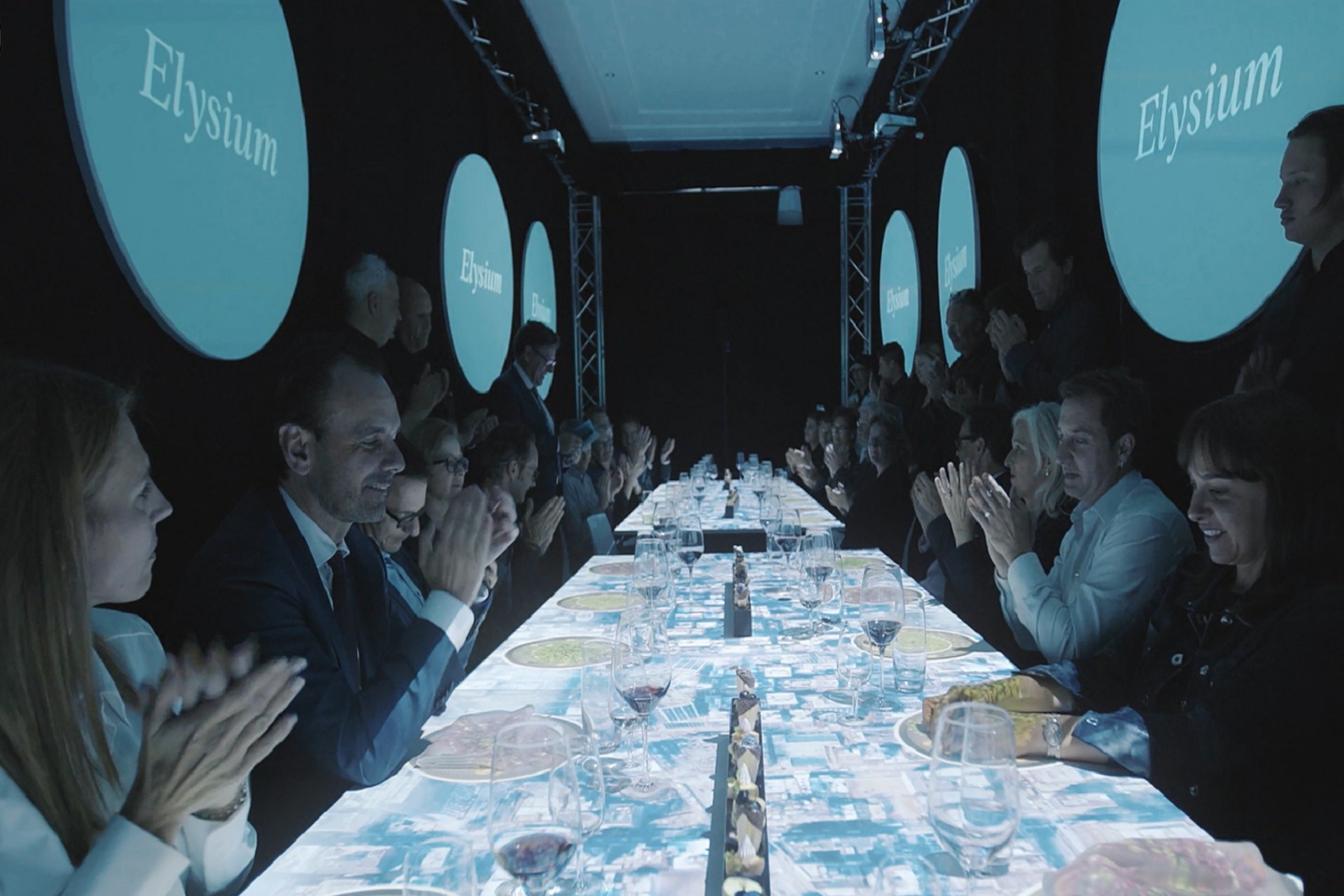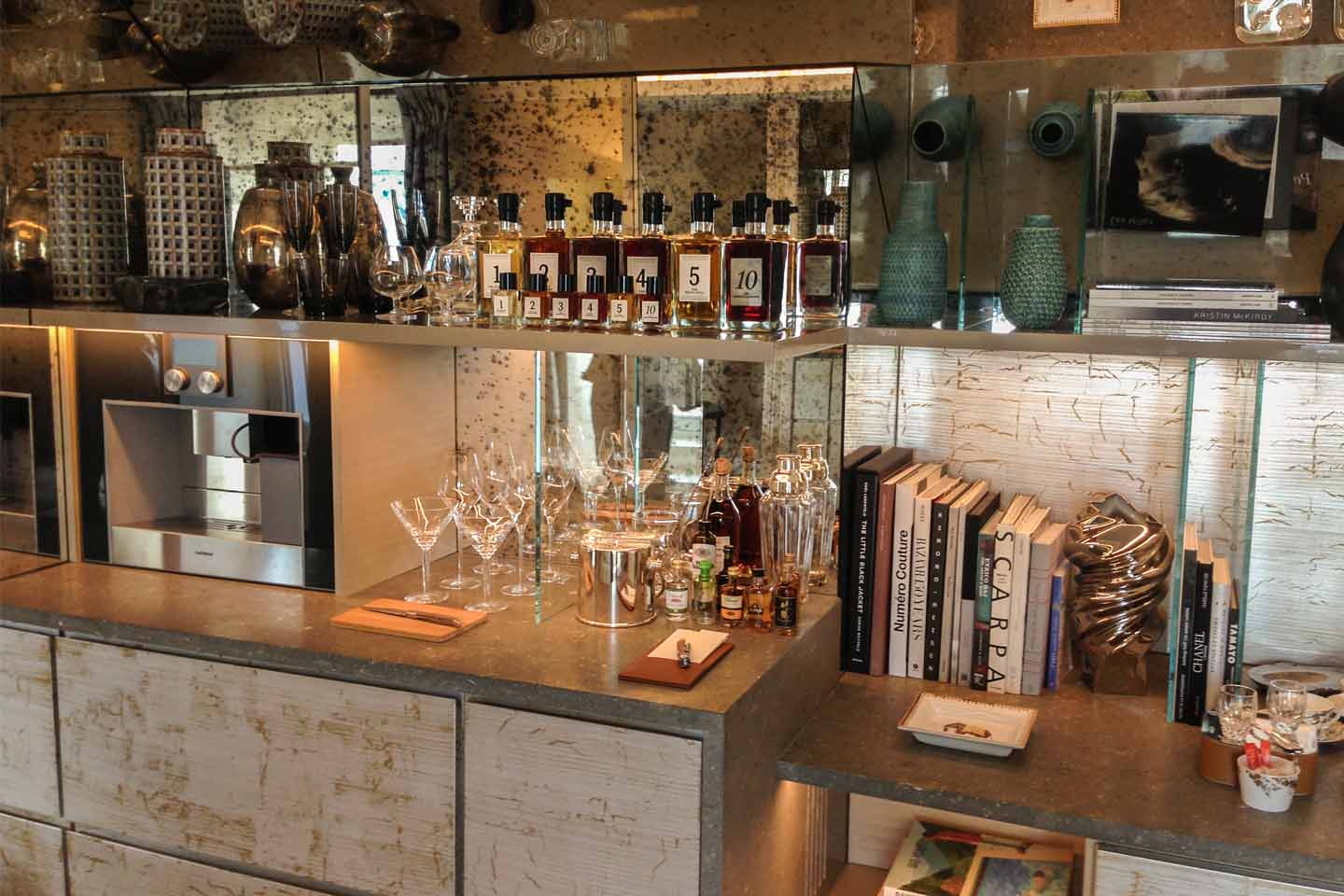Interactive walls and dining tables are emerging at hotels, restaurants, fast food eateries and unexpected hospitality and tourism venues, including cruise ships. High-tech innovators are designing these digital and projector-driven surfaces to delight and inform guests while also automating hospitality work such as wait staff duties and concierge services.
Although response has mostly been positive to these new hospitality tools, some consumers and industry insiders have expressed concern about their impact.
Due to interactive walls lining its entry corridors and other guest areas, the recently opened Renaissance New York Midtown Hotel is the city's "first interactive 'living' hotel," according to Hotel Management magazine. Its display technology is among the most dramatic examples of digital interactivity in a hospitality setting.
We'll take you to the Midtown Renaissance in a bit. But first, let's consider a key element in the evolution of interactive surface technology.
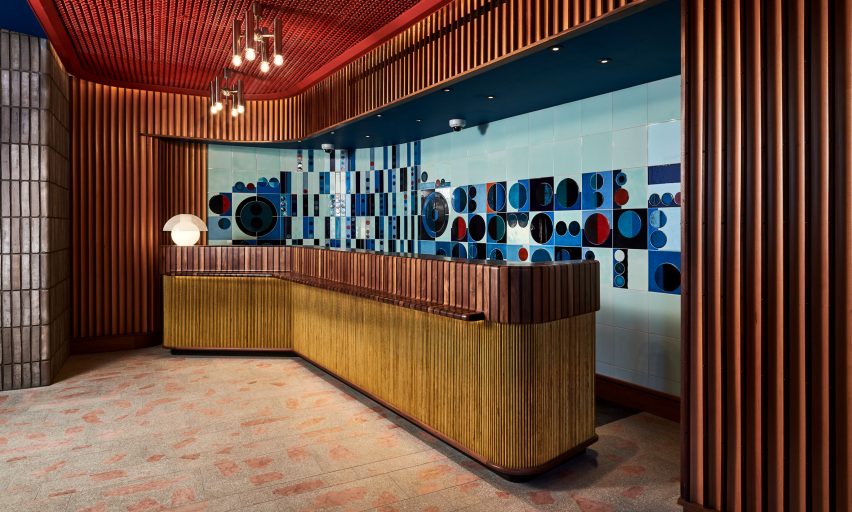
How millenials became touch screen fans
In the early 1990s - long before touchscreen technology for computers and cell phones became available - corporations including SMART Technologies and PARC, a Xerox company, began marketing interactive whiteboards for use in business.
However, 15 years later, classrooms from elementary school through college were the main market for these communication tools.
The technology encompasses projectors, computers, sensors and Wi-Fi-connected Internet to present lectures and show videos. Most importantly, it allows teachers and students to use their fingers or digital pens to write on a screen or manipulate images in learning games.
Digital whiteboards introduced many of today's millennials to touchscreens. Smartphones and other mobile devices have reinforced their comfort with interactive technology. The hospitality industry is responding to this desire for interactive experiences.
Interactive dining experiences
Shortly before interactive walls began appearing in airports, bus stops and hotels, adventurous restauranteurs in cities ranging from Dubai to London adapted projector and touchscreen technology to create interactive dining tables.
In 2011, digital innovators Noel Hunwick and Danny Potter opened London's Inamo restaurants based on the duo's E-Table technology. E-Table makes it possible not only to order and pay at your table but also to customize it's look as if setting your table with a fancy tablecloth. Customers can play games and puzzles, access local tourism information, view preparation of their meal via chefcam and arrange taxi rides home.
Three years later, the Ebony Interactive Restaurant opened in Dubai. It uses a similar table-top system called Interactive Restaurant Technology.
Critics of interactive restaurants say they cause patrons to interact with computer screens more than their dining partners and eliminate wait staff jobs. Also, wait staff service can be lackluster according to Chloe Gunning of the popular UK travel website Wanderlust Chloe. In a 2015 review of an Inamo restaurant, she noted that the waiters only seemed to be there to explain the E-Table system.
Yet customer preference for electronic self-service is the "major reason" why automation is increasing in restaurants, according to a recent article in The Wall Street Journal. Another factor it notes is the restaurant industry's need to cut operating costs, which have risen in the U.S. due to minimum wage increases required by law.
In addition to eliminating jobs, the WSJ reported that other difficulties posed by reliance on interactive features include the costs of overseeing the technology and troubleshooting breakdowns.
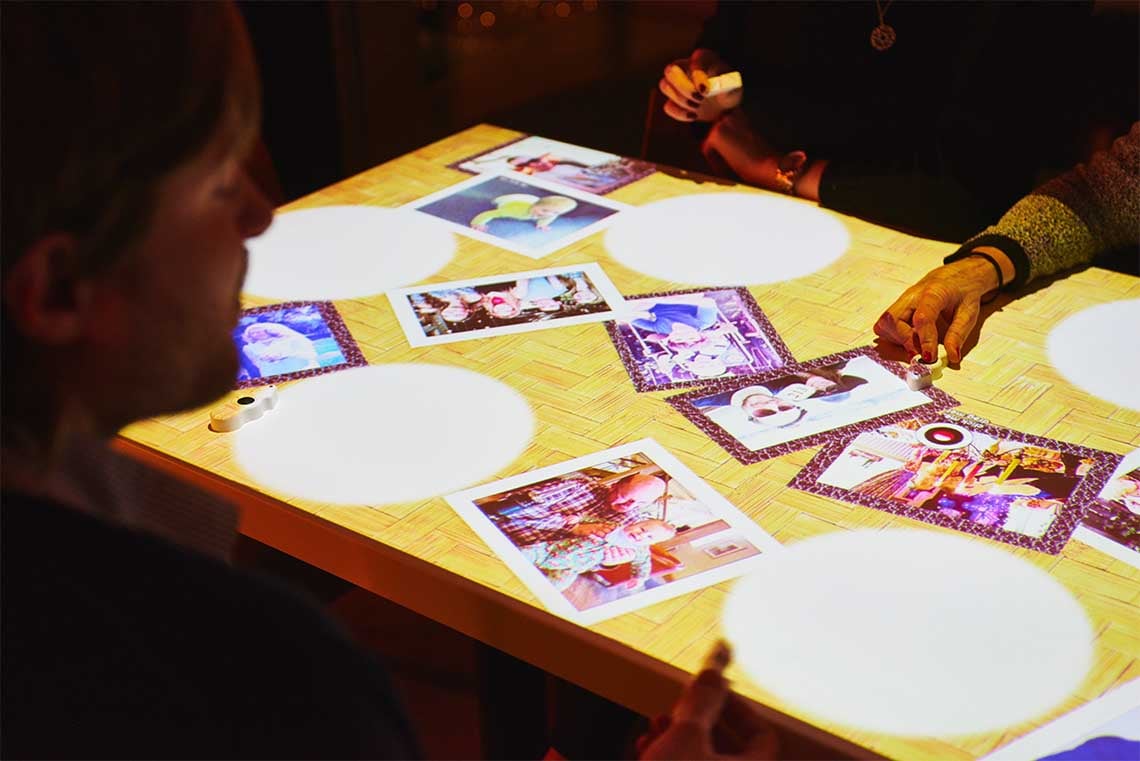
Interactive walls in hotels
The wall screens of the Renaissance New York Midtown Hotel have taken millennial love of interactive technology to a new level. Shortly before it opened in spring 2016, Hotel Management reported that two entrances to the hotel would take guests past long digital art walls that change their displays in response to guest movement through the corridors.
The magazine noted that the designer, Realisations Inc. Montreal, combined motion detectors, projectors, 3D cameras and reflective paper to create the walls. Included among the hotel's other interactive walls is a virtual concierge service that "comes to life when a user steps on words projected on the floor." It helps viewers learn about local attractions.
Reporting at Forbes, travel writer Doug Gollan noted that Renaissance is striving to appeal to millennials. Gollan said the hotel's intense high-touch branding is intended to make it stand out among ten hotel groups offering "up over 115 brands, with over 30 less than 10 years old."
Interactive map walls at Britain's Premier Inn Hub hotels allow guests to activate information about specific neighborhoods by aiming smartphones at those portions of the map. However, TechWorld magazine in 2015 noted that tourists unfamiliar with London should carry "a Lonely Planet guide for back up."
No matter how clever an interactive information wall is, it can't replace an actual concierge with great Internet skills as well as deep knowledge of a hotel's surrounding attractions, restaurants and services. But as pressures mount to trim operating costs, hospitality and tourism management teams may find it necessary to begin relying more on interactive concierge services.
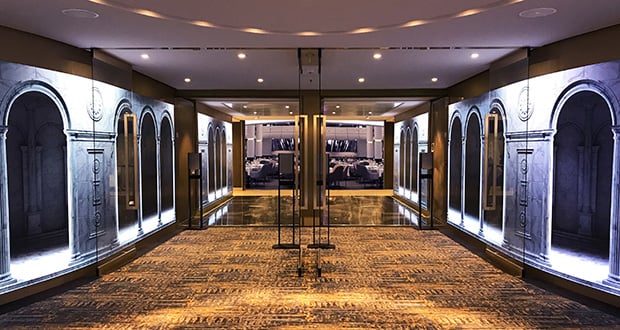
Splash of interactive reality
Interactive screens are also built into some cruise ships now. Royal Caribbean's Anthem of the Seas streams real-time views of the ocean on floor-to-ceiling virtual balconies in private rooms that have no actual outdoor views.
This sounds pleasant unless you have a touch of seasickness. One hopes there is an on-off switch, because that would be hospitable.
Photo credit: brands mentioned in the article.
